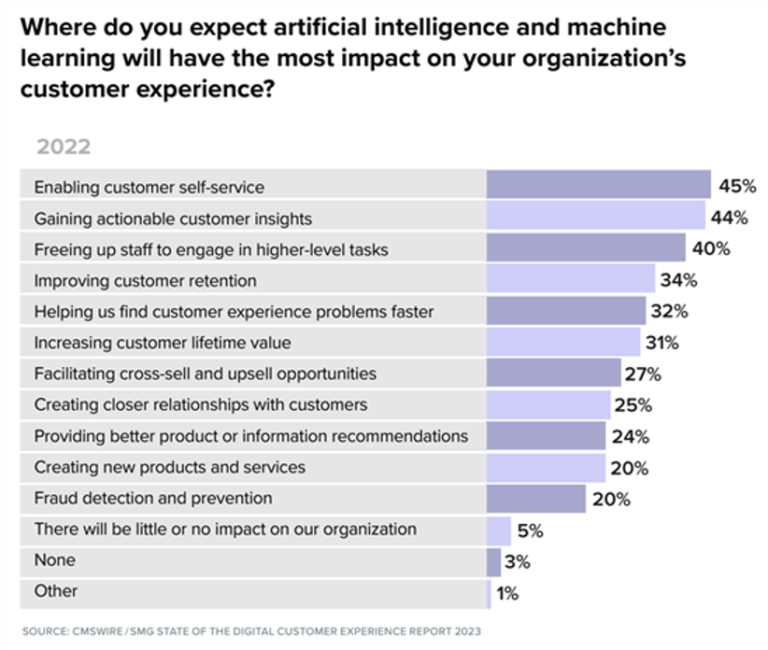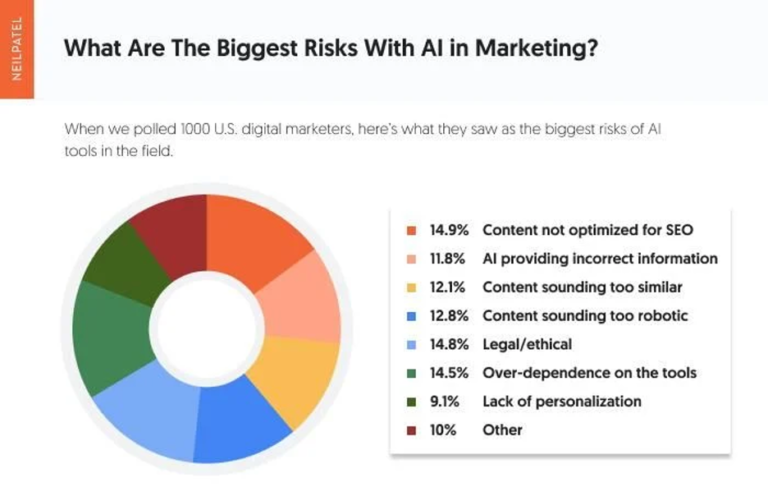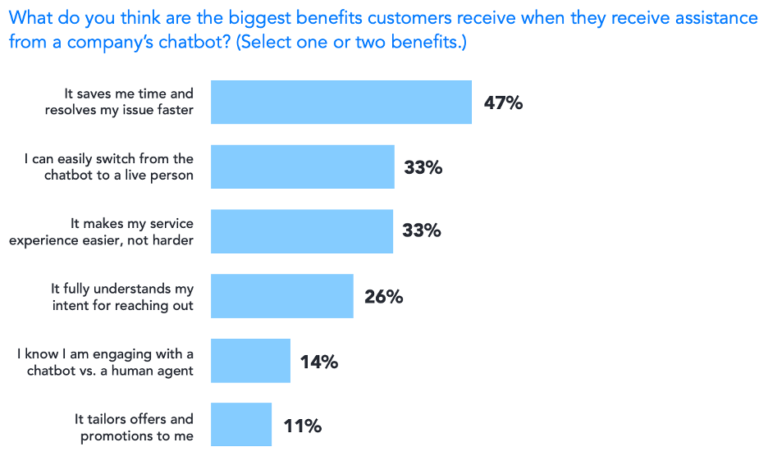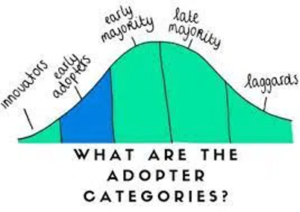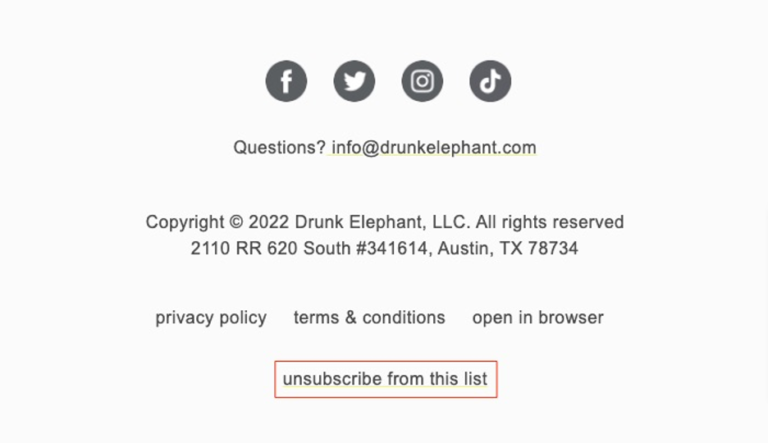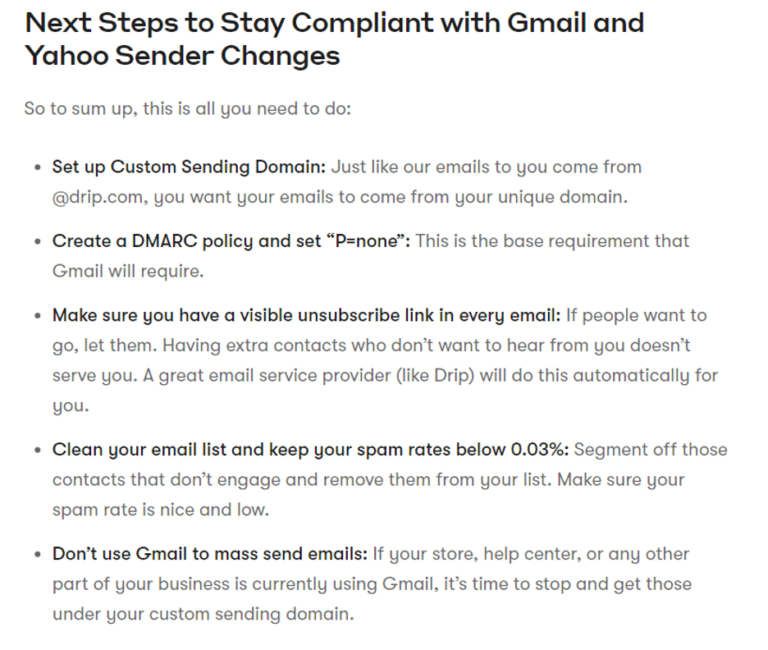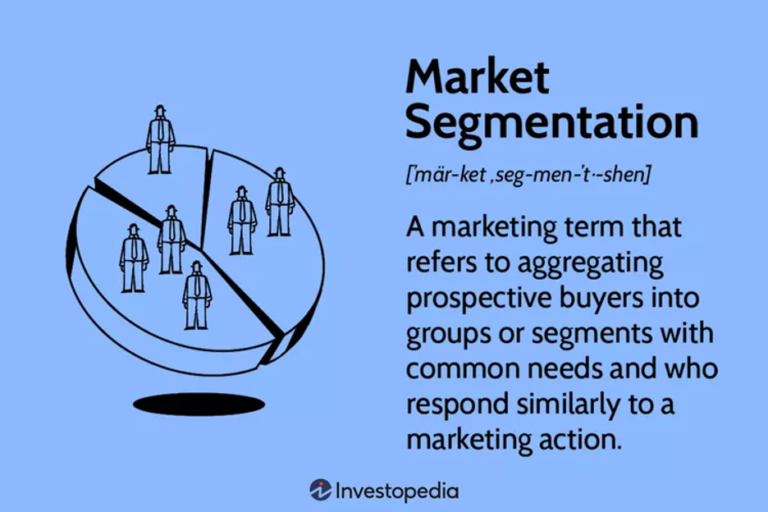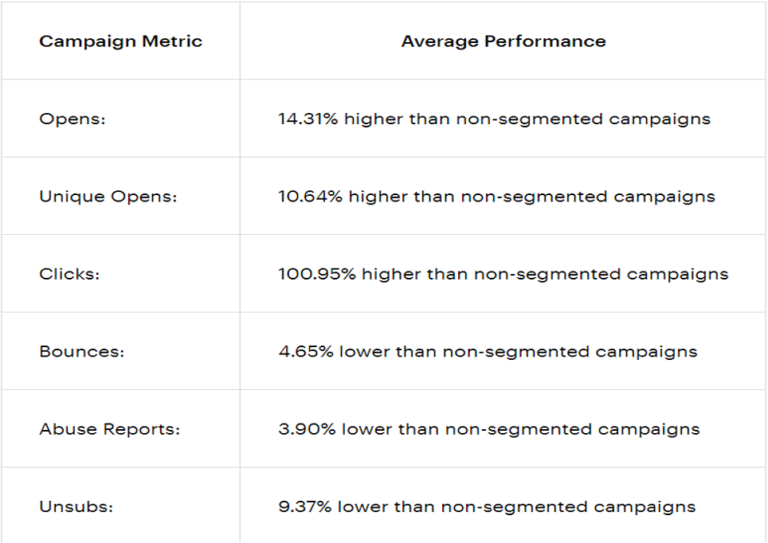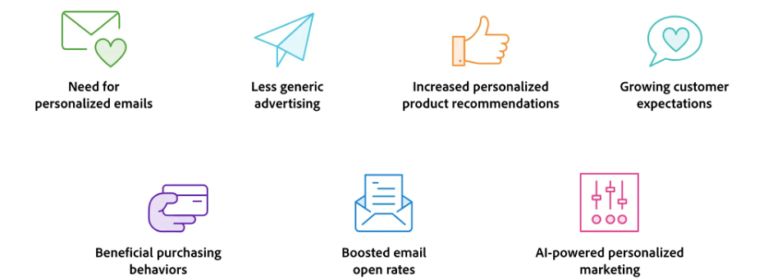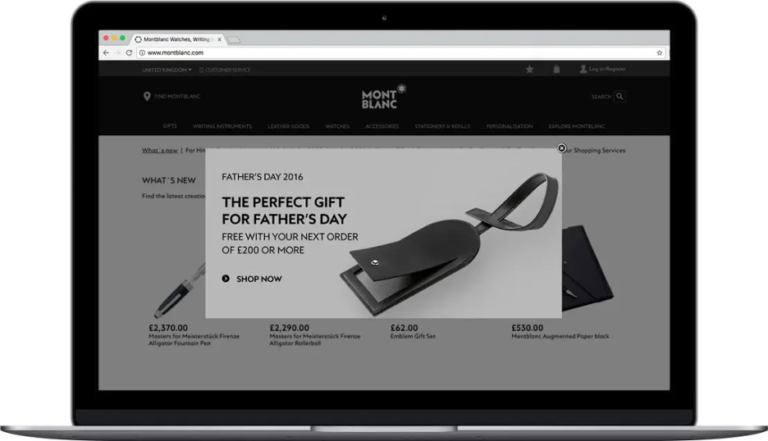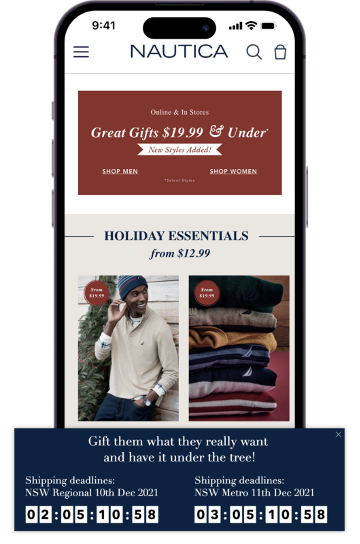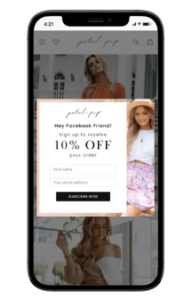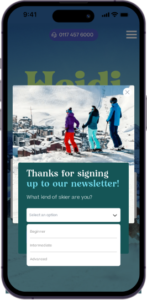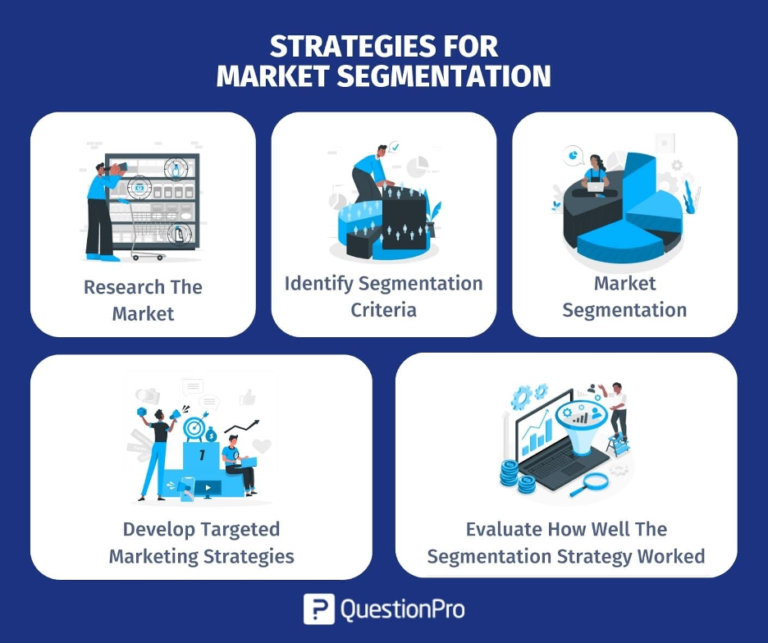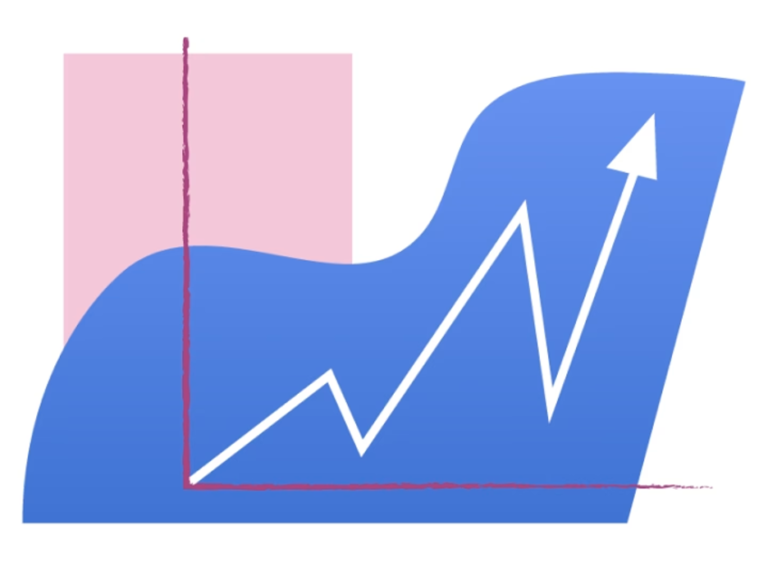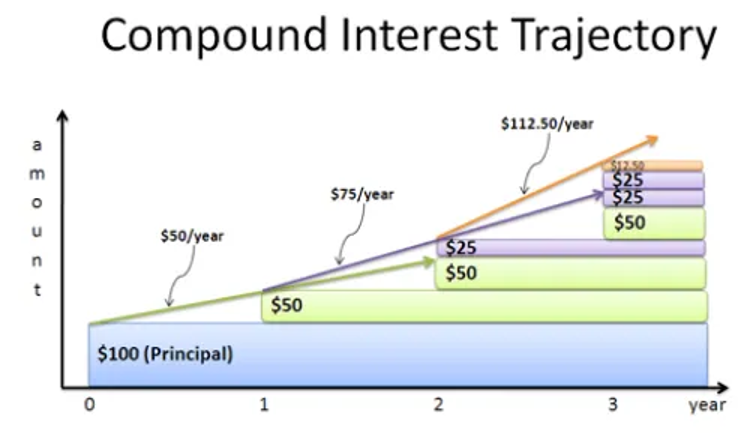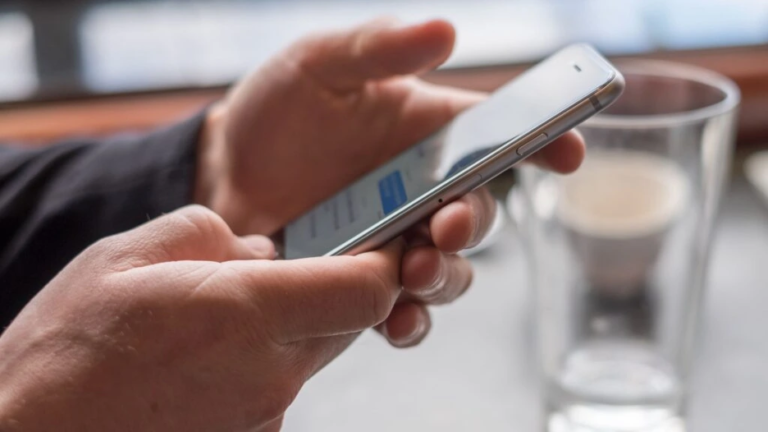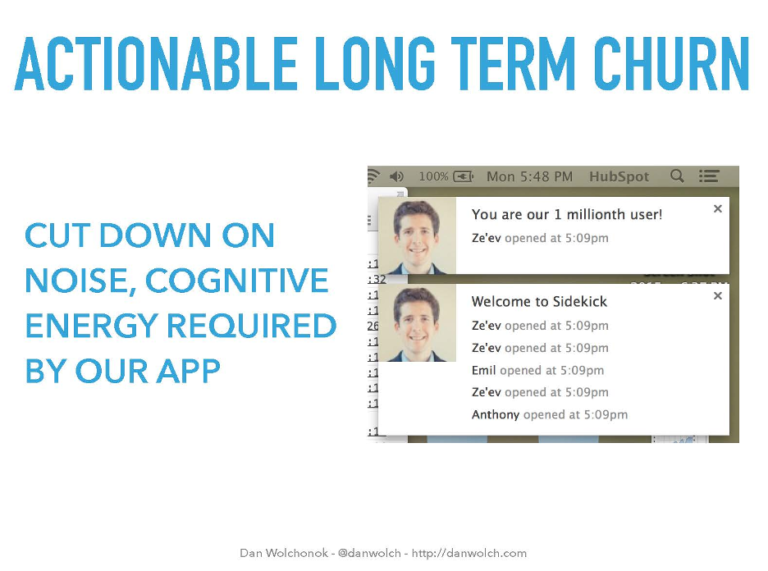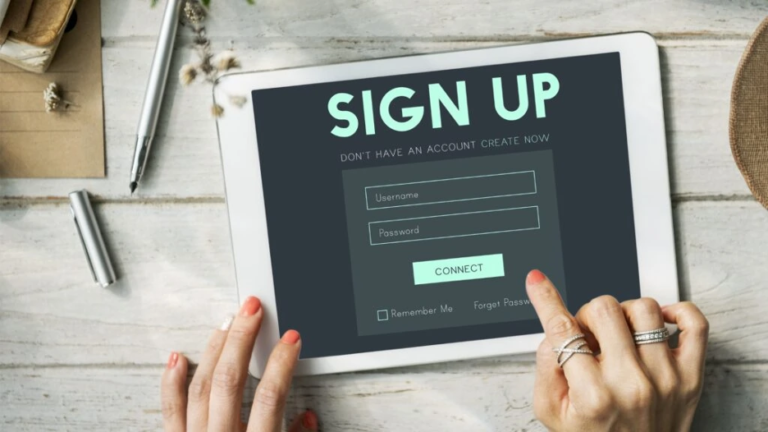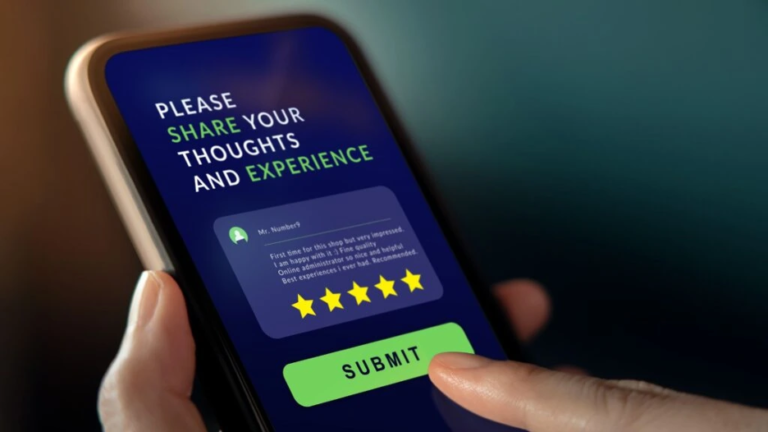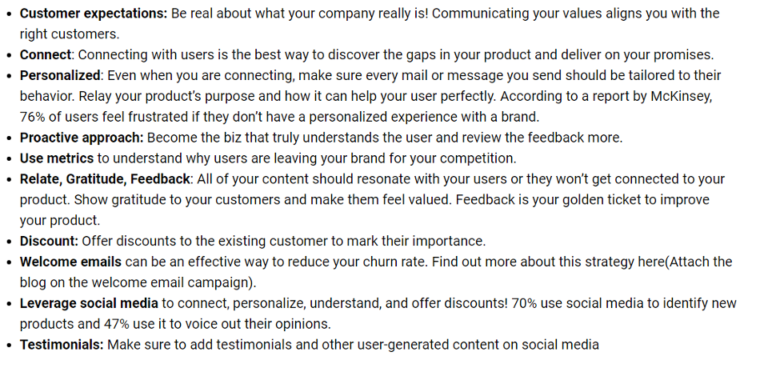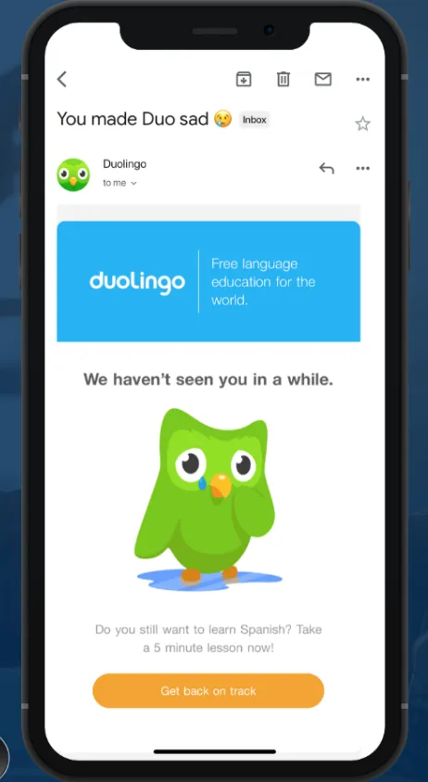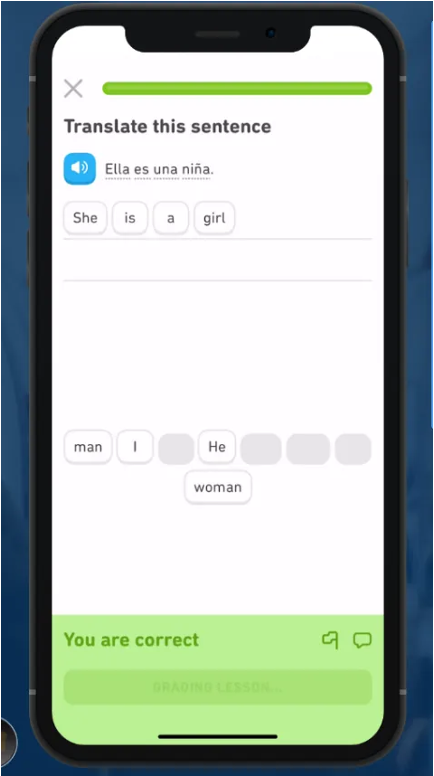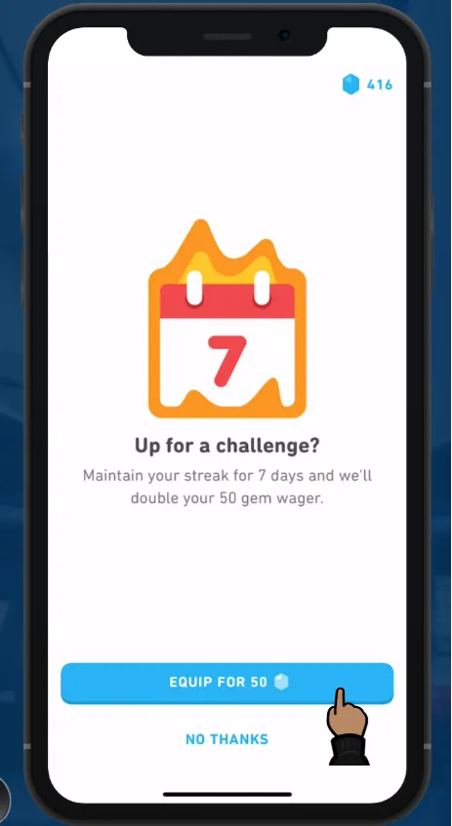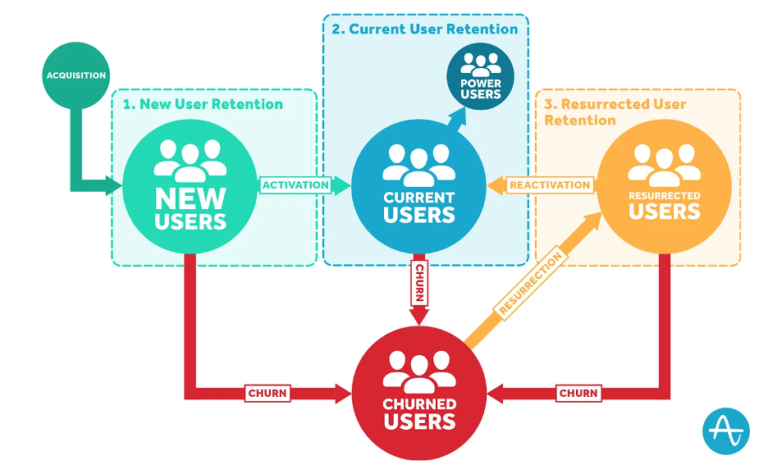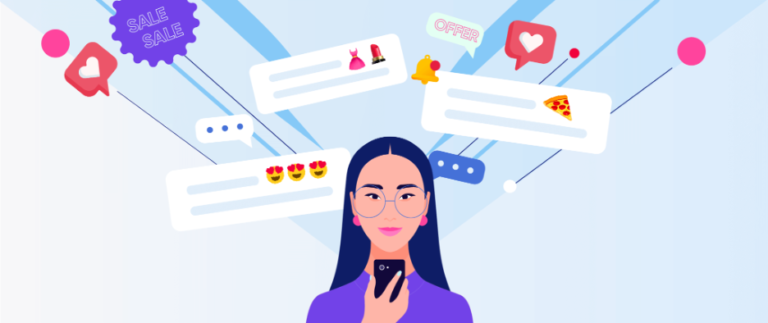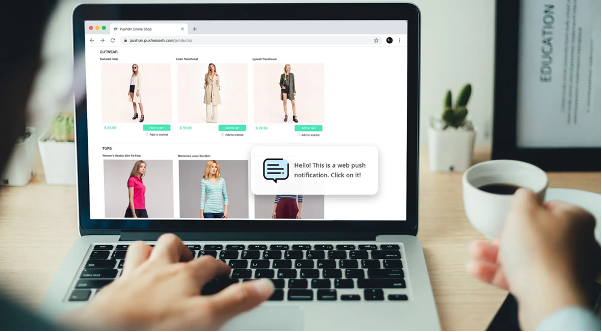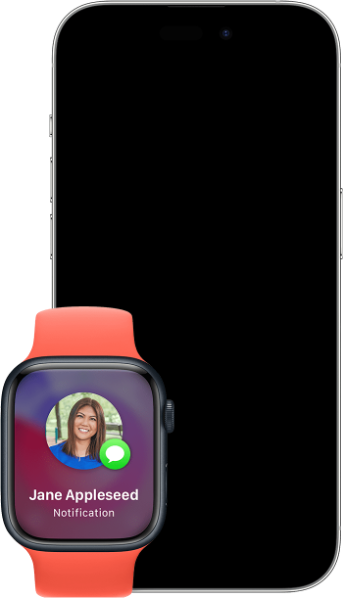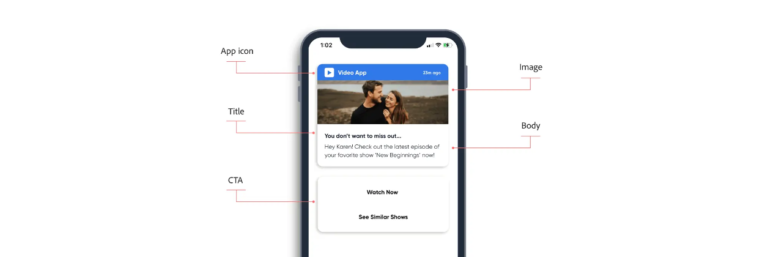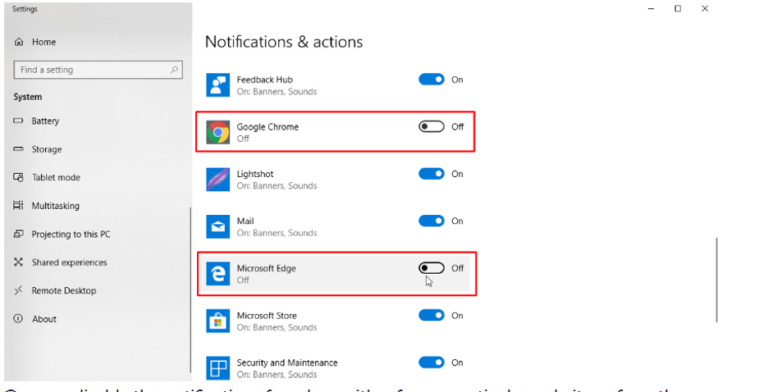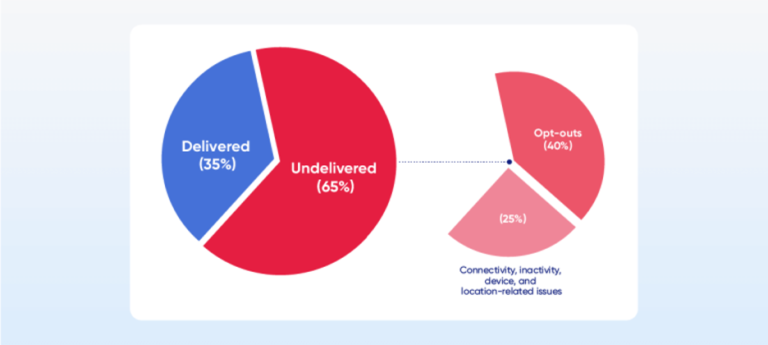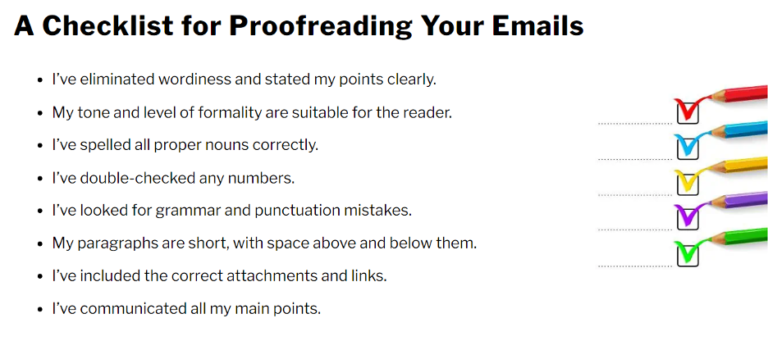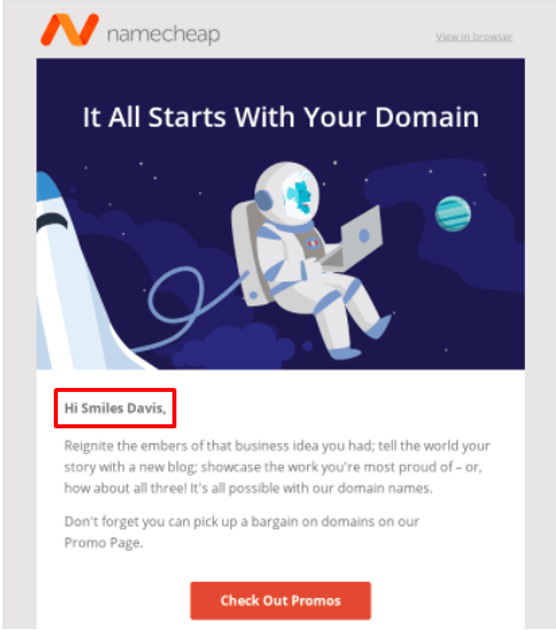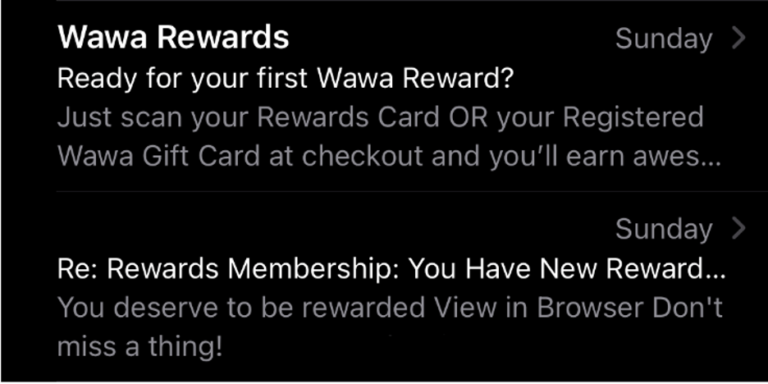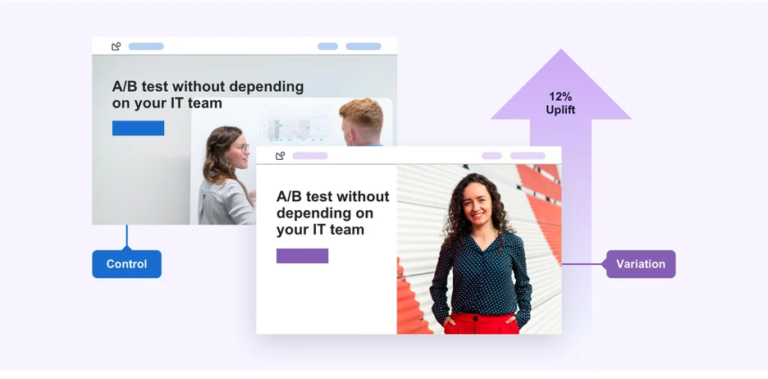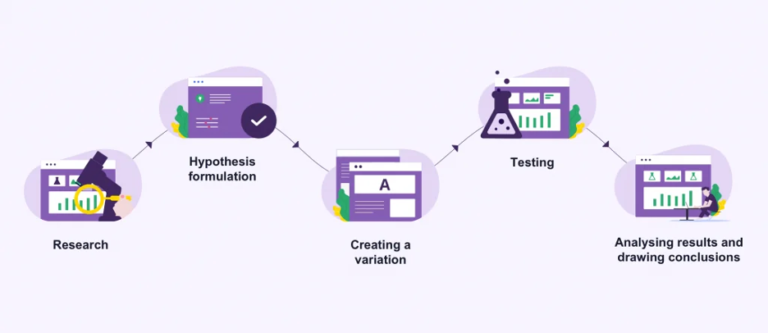The most effective Customer retention strategies for small businesses.
Written by Vanshitha M
Published on Mar 05, 2024
Introduction
If you are a digital marketer who wants to leverage perfect customer retention strategies for small businesses, this article can help you get started and track them.
What is customer retention?
Customer retention is one of the best paths you can choose for your brand. To give a short description, “Customer retention is a key metric to help understand the user’s engagement with your brand.”
Why do we need customer retention?
- Acquisition can cost you 5 times more than retention.
- Acquisition can only lead to a conversion of 5-20%.
- Retention leads to an already established brand recall and a known environment.
- The likelihood of converting unknown users hovers at a modest 5-20% while the probability of known users buying is 60-70%.
And a lot more.
5 Effective retention strategies for small businesses from start to end:
1.) Start your marketing by getting verified:
The world is moving towards a secure world. The users put privacy, and security as the biggest priority.
From iOS to Android, every interface needs the blue tick and verification to go straight to the user’s mail.
BIMI or Brand Indicator for Message Identification gives you the noble tick that establishes trust and reliability. It also increases leads by 28%!
Go through Apple’s Mail Protection Privacy legitimizes your whole procedure to get an official name to your Apple mail.
Do not indulge in the website cookies game without the acknowledgment and awareness of the users.
2.) Give the users a perfect onboarding experience:
Onboarding is the first impression you make on your users, and you know what they say, “first impressions are the make-or-break impression”.
For an effective customer retention strategy for your small business through an onboarding experience, Use these pointers
- Show gratitude to your users by thanking them for choosing your small business.
- Create a seamless procedure for checkout, communication, and buying.
- eight out of ten customers expect a welcome mail, give them that.
- A welcome mail has the potential to increase engagement by 202%!
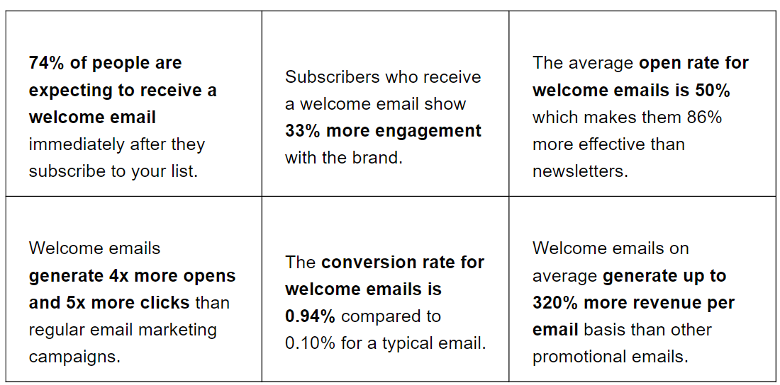
Source: live agent
3.) Create exciting programs for the users:
There are many ways to instill loyalty in your users.
- Coupons: Coupons can be a double-edged sword for your small business. For a seamless customer retention strategy for your small business, you can use these strategies; the coupon business grows at a rate of 9%, leverage it by doing a competitor analysis, using proper timings, and leverage social media.
- Create compelling marketing strategies. (Read through the article to learn more.)
- Reward the retained users with loyalty programs.
4.) Leverage social media channels:
- In the world of the digital era, has created numerous social media channels. Every social media channel has a specific audience. There are SMS, WhatsApp, Instagram, Email, Facebook, and many more channels.
- Use appropriate content and context to improve leads.
- 70% use social media to identify new products and 47% use it to voice out their opinions.
5.) To not bid a goodbye:
The inactive audience can be trickier to manage. 22.5% of users go inactive every year. At the crossroads of deciding whether to reengage them or bid them a final goodbye. Well, you can do these…
- Understand if that user is worth the effort by understanding their history with you, and get an RFM Model where R=Recency, F=Frequency, and M=Monetary value they provided.
- Create a re-engagement marketing strategy that immediately captures the user’s attention and emphasizes the brand’s value.
- If no engagement metric works, let the users go gracefully by thanking them, bidding them farewell, and sending the unsubscribe link. This will also help you clean the recipient’s list.
Here’s how you can level your marketing campaigns:
- Personalization: 76% of users feel frustrated if they don’t have a personalized experience with a brand. Do not miss out on a chance to connect with your audience to engage customer retention strategies for small businesses.
- Strong subject line: Create an attention-grabbing hook that either has some power adjective, number, a fun fact, etc. Subject lines with the reader’s names can have an 64% open rate.
- CTA: A Call-To-Action is a final line that curates action from the user. A CTA should be short and add value.
- Continuous communication: Feedback can be one of the biggest ways to ensure continuous communication with your users. Learn, and rectify your communication channel. Automation and 24/7 chatbots can help with this procedure.
- Segmentation: Segment your users into different target audiences and create tailored experiences, and campaigns to help boost your retention rates.
- Show the brand value: Emphasize the testimonials, and the value your brand provides to create a need in the users through your copies.
- Use AI: Artificial Intelligence can be the biggest advantage if you can redeem its usage to the fullest.
- Engage the audience: Use creative methods like gamification, carousel templates, and funny mascots that create excitement.
Conclusion:
Retention has a lot of noted benefits that cannot be blindsided. Your brand can reap a lot of leads, revenue, positive word-of-mouth, and many more with a perfectly planned and analyzed retention strategy!
But if this jargon gets harder to comprehend, We, at Retention10 can help you create the best plan for effective customer retention strategies for your small business!

Vanshitha Munipally
( Research & Content Marketer )
To get your customized Customer Retention Solutions , Do write to us :
Effective Strategies to Improve Customer Retention in Small Businesses. Read More »



